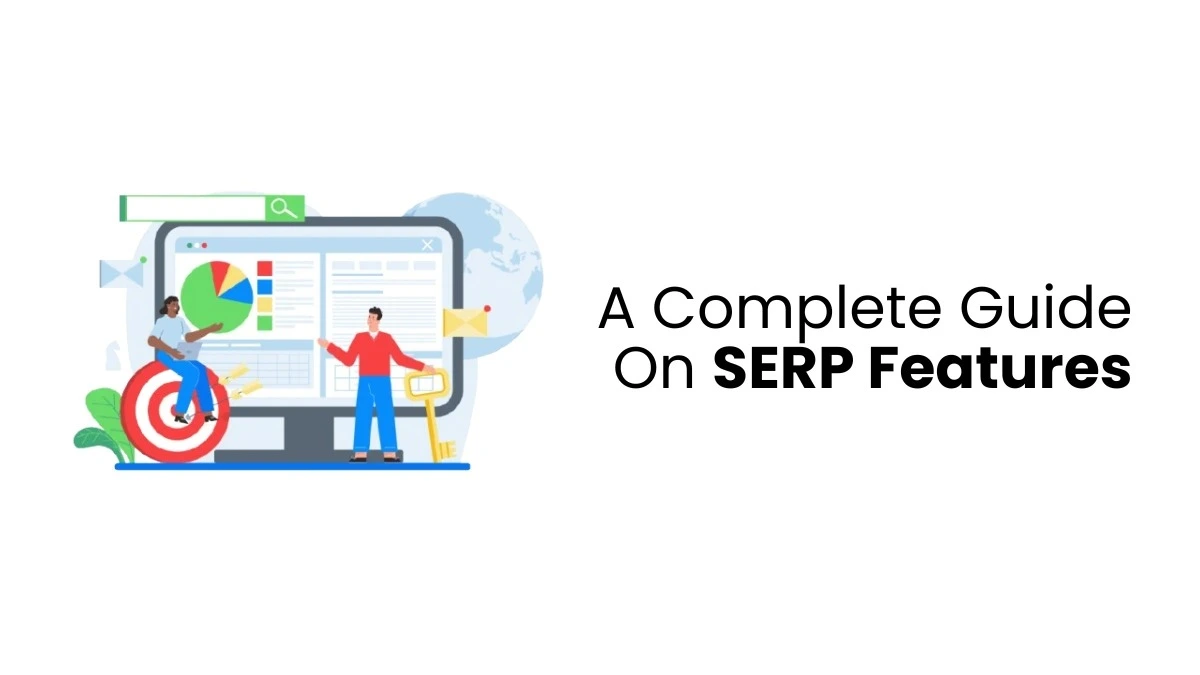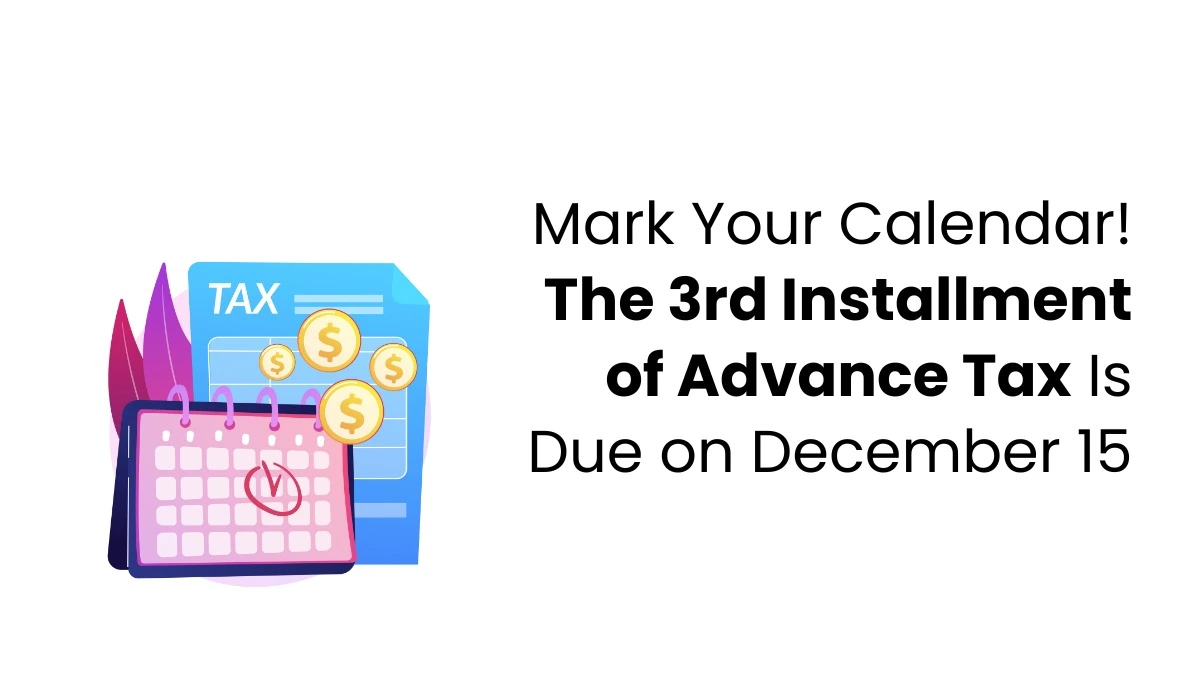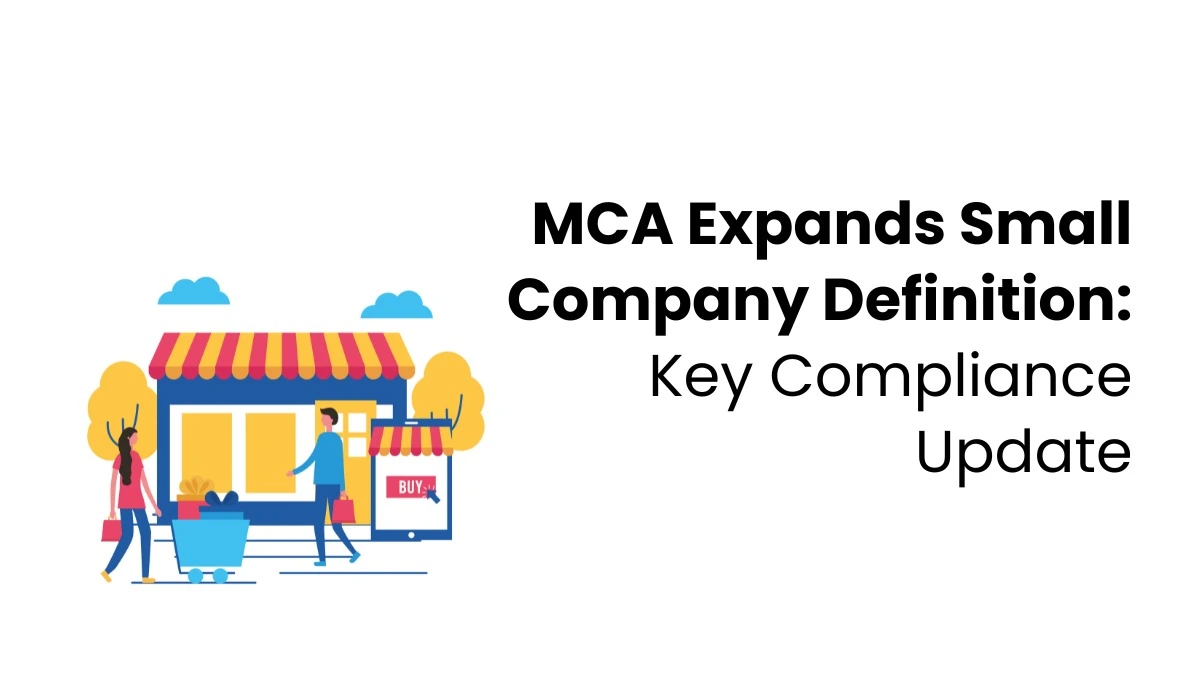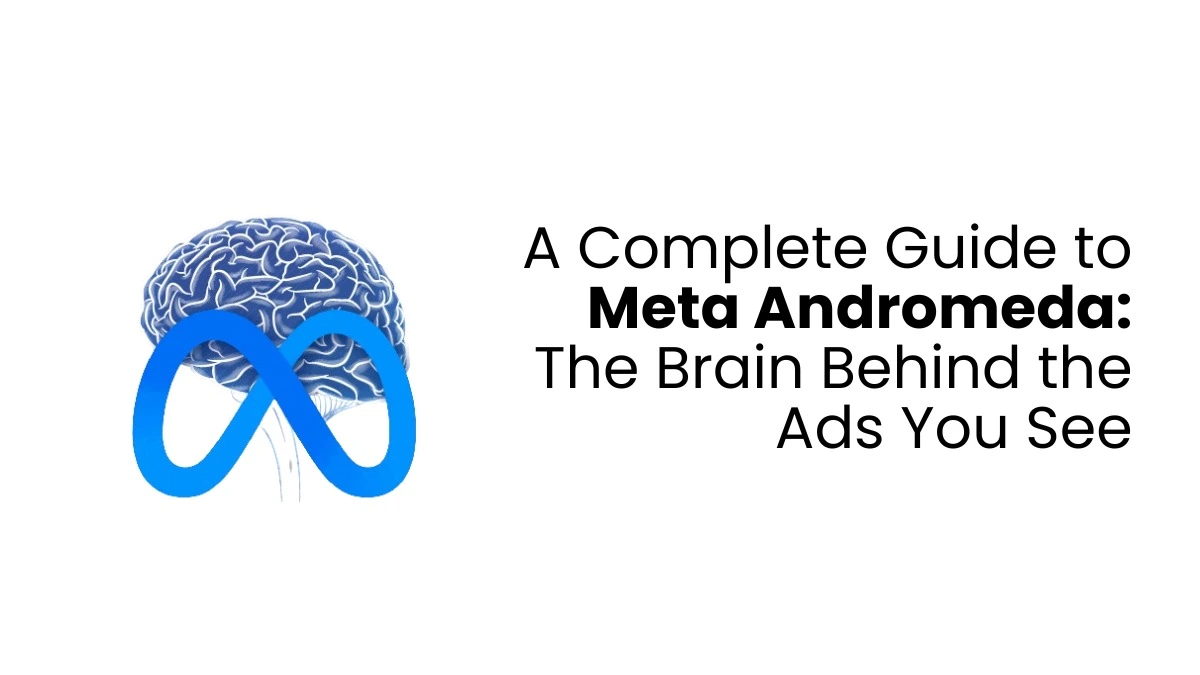One of the most important things you can learn in digital marketing is SEO (search engine optimisation).SEO helps websites rank better and attract more visitors. The most common thing in SEO is that you must stay updated to see the real gains.
If you are a beginner who is seeking to explore knowledge about Seo and its fundamentals,then you can choose an seo course in Calicut and learn to apply seo techniques. As SEO is crucial for digital marketing, ignoring it can indeed slow your progress in this competitive world. In this article, we will go over some mistakes that randomly happen during the implementation of SEO. You will also be able to fix them and succeed in your business.
Before we dive into the common mistakes, let’s quickly understand the three main parts of SEO:
- On-page SEO refers to elements within your website, such as titles, keywords, content, and internal links.
- Off-page SEO includes activities outside the website, such as backlinks, brand promotion, and sharing posts on social media.
- Technical SEO is the things that happen in the background, like checking your site’s speed, fixing your broken links, indexing your site, etc.
Now, let’s look at the most common mistakes and how you can fix them.
On-Page SEO Mistakes
These are some particular mistakes that are found in the visible part of the website. These mistakes affect the portion where readers and search engines read your content.
Mistake 1: Duplicate or Stale Content
Google always rewards fresh and useful content. If your website has repeating content across each page, also if the content has not been updated even once, then Google will hesitate to rank you in good positions.
Solution:
- Do not cut and paste any copy from any other websites.
- Keep your blog and product pages current.
- Use tools like Copyscape to check for duplication.
Mistake 2: Bad Title Tags and Meta Descriptions
Your title and description are the first things Google users see. If they are boring, too long or missing keywords, then they will not click.
Solution:
- Keep titles less than 60 characters and include your most important keywords.
- Write meta descriptions less than 160 characters; it is clear and inviting. Example: Instead of “Home Page”, use “Affordable Digital Marketing Services in Calicut”.
Mistake 3: Messy URLs
A long URL filled with random numbers and letters is hard for people and Google to wade through.
Solution:
- Keep URLs short and clear.
- Use keywords in them.
- Example: Use yourwebsite.com/inbound-and-outbound-marketing/
Mistake 4: Broken Images & Missing Alt Text
If the image is broken and no alt text is provided, your site will be less accessible, and this practice can harm your SEO.
Solution:
- Be sure to regularly check that your images work (load).
- Compress your large images to prevent your site from slowing down.
- Add alt text describing what is in the image (which is good for SEO and accessibility).
Mistake 5: Non-Optimized Contact Forms
If your contact form asks for too much, people won’t bother filling it. A complicated form also hurts conversions.
Solution:
- Keep forms short (name, email, phone, message).
- Use clear buttons like “Get a Free Quote” instead of just “Submit.”
- Test your forms on both desktop and mobile.
Mistake 6: Not Using Internal Linking
Some of your website’s pages won’t be visible to visitors or search engines if you don’t employ internal linking.
Solution:
- Add internal links that connect related pages.
- Use clear and meaningful anchor text.
- Keep the linking structure logical so users and search engines can follow easily.
Mistake 7: Poor Header Structure
Using headers incorrectly or inconsistently makes content hard to read for users and search engines.
Solution:
- Use a single H1 for the main title.
- Organise the rest of the content with H2, H3, etc., in a logical order
- Ensure headers clearly reflect the content of each section for better readability
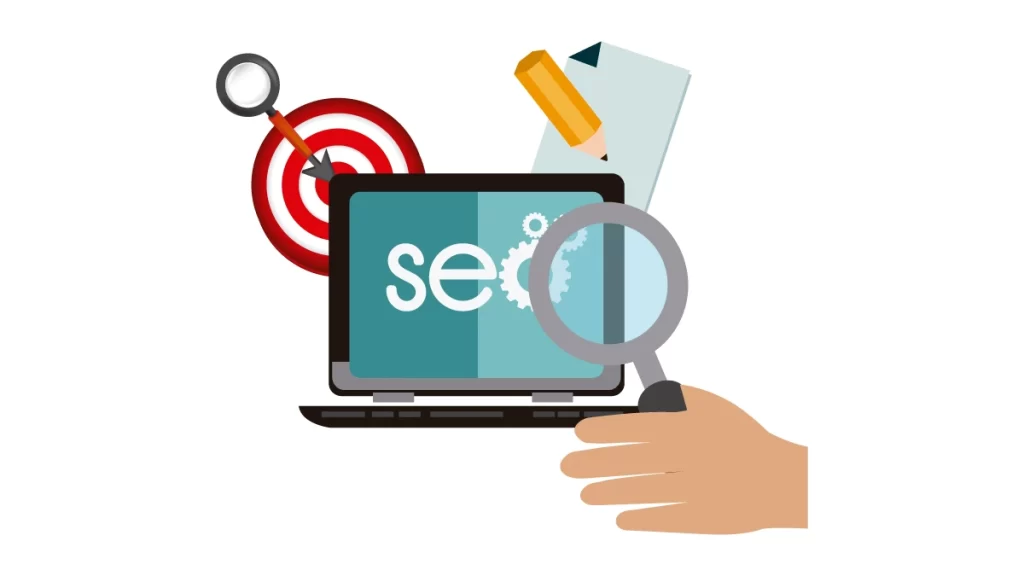
Off-Page SEO Mistakes
These mistakes happen outside your website but still affect your rankings.
Mistake 1: Accepting backlinks from spammy or irrelevant websites
Backlinks play a crucial role in SEO, both on-page and off-page. However, links from spammy or irrelevant websites can hurt your site’s authority and even lead to penalties.
Solution:
- Regularly check your backlink profile
- Remove harmful or low-quality links
- Build links only from reputable, relevant sources
Mistake 2: Not using Google My Business (GMB)
If you haven’t claimed your business properly, your potential customers will be unable to locate you on Google Maps.
Solution:
- Create your GMB account and verify that it displays correctly.
- Your business name, address, and telephone number must be uniform across all your sites, maps, and social media.
- If you have photos of your business, show off your opening hours, and frequently change them.
Mistake 3: Not Using Location-Specific Pages
If you fail to satisfy local searches such as “near me” or “in Calicut”, you’ll be missing customers who are looking for services nearby.
Solution:
- Make local landing pages for every area you serve.
- Use the location keywords relevantly in your content.
- For example: “Calicut’s digital marketing training” Rather than just “digital marketing training.”
Mistake 4: Bad reviews online
Too many negative reviews, or positive reviews that appear to be fake, can diminish brand trust.
Solution:
- Encourage satisfied customers to produce honest reviews about your service.
- Politely respond to negative reviews, and demonstrate that you care.
- Do not buy reviews! It can lead to a real backlash.
Mistake 5: Lack of Social Media Engagement
For businesses, brands, or public figures, not being visible on social media can be a big problem.
Solution:
- Effective social media use helps people discover your brand, increase your followers, and establish trust.
- To grow, share valuable and engaging posts regularly, talk to your audience, and encourage them to share and discuss your content
Technical SEO Mistakes
If your web page is loading very slowly, you obviously skip it, right? There is also a chance that search engines can lower your ranks due to this problem.
Mistake 1: Slow Website Speed
Everyone hates to wait for a webpage to load. Visitors will never wait for your page if it takes more than a few seconds to load. In such cases, search engines can lower your ranks.
Solution:
- Use Google PageSpeed Insights to analyze your site.
- Reduce image sizes to decrease loading time.
- Eliminate unnecessary plugins, scripts, and redirects.
- Use a good hosting company for fast servers.
Mistake 2: Pages Not Indexed
If Google doesn’t index your pages, they won’t show up in search results. What if you wrote an outstanding article and then put it in a drawer? Will it be beneficial for you? This is one of the common mistakes in SEO.
Solution:
- Check your indexing status using Google Search Console.
- Mark your best pages with `noindex`.
- Give Google an updated sitemap to crawl the site faster.
Mistake 3: Links and redirects that don’t work
If there are more dead pages that appear when clicking on a link on your website(404 error), Google will never trust your website.
Solution:
- Use Screaming Frog, Ahrefs, or SEMrush to look for broken links.
- Fix the broken pages or make 301 redirects to relevant pages.
- Be careful with external links, because the properties you link to may go away.
Mistake 4: Not being mobile-friendly
The revolution of mobile phones is happening around us. So there is a greater chance that people will look up on their mobiles to visit your websites. People will never see your webpages if they are not built in a mobile-friendly format.
Solution:
- Use Google’s Mobile-Friendly Tool to see how your site stacks up on phones or tablets.
- Responsive design will help your site perform on any screen size.
- Avoid using small text or tiny buttons that are hard to touch.
Mistake 5: Low Text-to-HTML Ratio
If your website shows that it is not secure, then visitors will never trust this site, and there is also a chance that search engines will lower your overall ranking. It’s a simple but common mistake in SEO.
Solution:
- Include more relevant text content (blogs, guides, FAQs).
- Simplify your site’s code and remove unnecessary junk.
- Keep the visuals balanced with valid text so Google can know what your page is about.
Mistake 6: No SSL Certificate
If your website shows “Not Secure,” visitors won’t trust it, and search engines may lower your ranking. It’s a simple but common SEO mistake.
Solution:
- Install an SSL certificate on your site.
- Redirect all pages from HTTP to HTTPS.
- Check internal links to make sure they point to HTTPS versions.
Why Fixing Mistakes in SEO Matters
Fixing certain mistakes is not only about increasing your Google ranking. It is also important to improve your website for the visitors. Also, if your site has good speed, a high ranking, and reputable information, people will start to trust you. One day, you will be prominent among your competitors. If you do your SEO correctly and avoid those mistakes, it will work on its own perfectly to yield better outputs.
- Improved website visibility and higher Google rankings.
- Better user experience, leading to more trust and conversions.
- Stronger online presence compared to competitors.
- Long-term benefits—once SEO is set up right, it keeps working for you.
Conclusion
SEO could seem a little difficult for you, but if you are willing to make simple changes in your website, you can make a huge difference. This will also benefit people, as they can randomly access your website and stay engaged with your content. SEO is not a one-time job. In order to get good results, you have to wait. Take little efforts at first, keep learning and do consistent work to make your website more visible and well known online.
Understanding the role of SEO in digital marketing will also help you see how important it is for brand growth, visibility, and long-term success. If you’re planning to build a career, joining an SEO specialist course at Finprov can give you the right skills and confidence.
FAQs
Q1. What is SEO?
This means optimizing your website so it can be easily found on Google.
Q2. What are the different types of SEO?
They are Technical SEO, On-page SEO, and Off-page SEO.
Q3. Why should I fix problems on my site?
Errors found in your site can prevent your pages from ranking and reduce visitors.
Q4. How can I understand if my site has issues?
Use free tools like Google Search Console or paid ones like SEMrush.
Q5. Will solving these issues help my business?
Yes, it increases traffic, builds trust, and improves sales over time.






